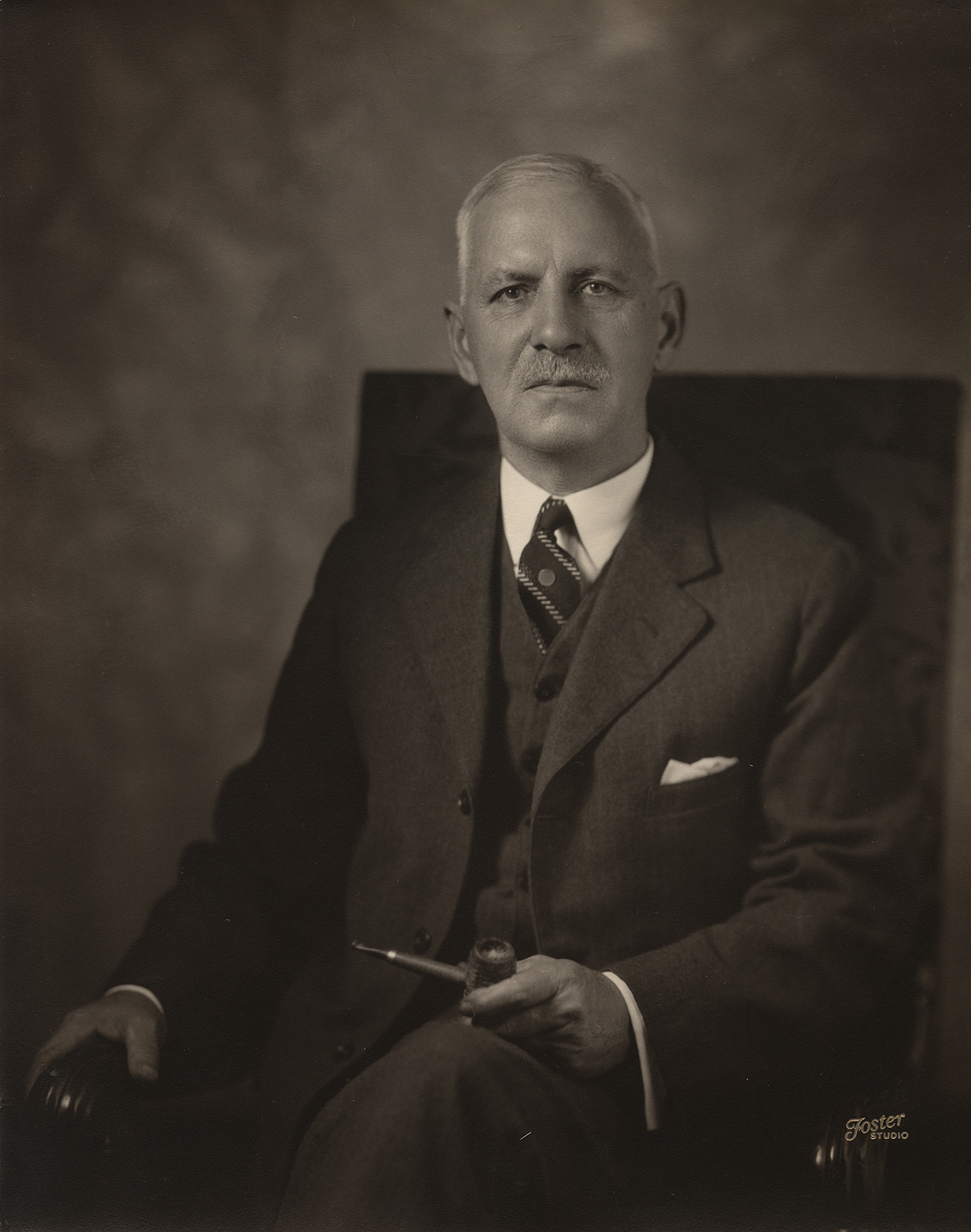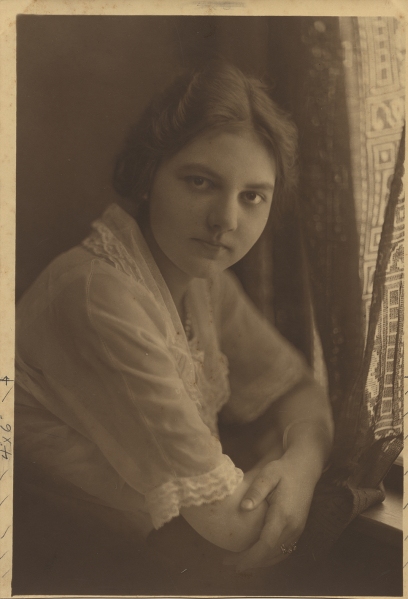The cynical among us may claim a conspiracy among greeting card companies, restaurants, and department stores in pushing holidays to celebrate mothers, fathers, grandparents, third cousins once removed. But, in fact, the history of a national recognition of fathers goes back quite a while and actually involves an inspiring story of a young Virginia woman of the early twentieth century.
Kate Richardson Swineford of Drewry’s Bluff wanted to honor her father, Edward, in a special way. Even before the close of World War I, she began an effort to bring particular recognition to fathers, which led to her formation of the National Fathers’ Day Association in 1921. Her initial goal was to secure designation of the second Sunday in June as “Fathers’ Day.” But she soon learned that date was already set as “Childrens’ Day,” so she shifted focus to the third Sunday of that month.


